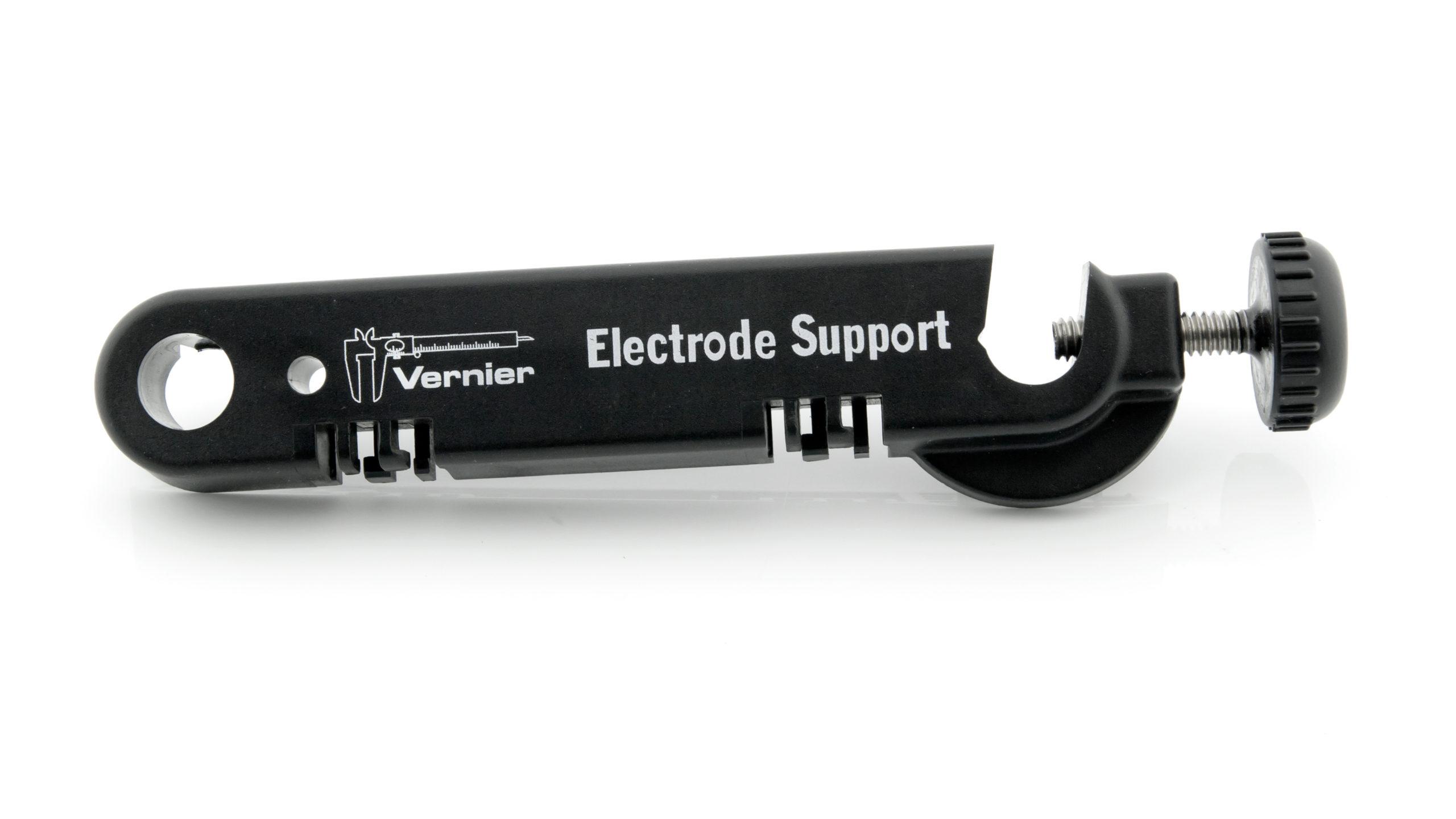Investigating Water Hardness
Experiment #3 from Vernier Chemistry Investigations for Use with AP* Chemistry
- Education Level
- High School
- Subject
- Chemistry
Introduction
The term “hard water” is used to describe water that has a certain population of specific ions dissolved in it, such as Ca2+, Mg2+, Fe3+, SO42-, and PO43-. Calcium ions in household drinking water can cause problems because of their propensity for falling out of solution and building up on the inside of pipes and fixtures and the surfaces of tubs and sinks. The most visible example of calcium “scale”, as this buildup is called, appears as an off-white ring around a bath tub. Because homeowners can incur significant expense in removing calcium ions from drinking water (the process of softening water), measuring water hardness can be an important test of a potable water supply.
Objectives
The objective of this investigation is to determine an accurate method for measuring the hardness of a source of drinking water.
Sensors and Equipment
This experiment features the following sensors and equipment. Additional equipment may be required.
Ready to Experiment?
Ask an Expert
Get answers to your questions about how to teach this experiment with our support team.
- Call toll-free: 888-837-6437
- Chat with Us
- Email support@vernier.com
Purchase the Lab Book
This experiment is #3 of Vernier Chemistry Investigations for Use with AP* Chemistry. The experiment in the book includes student instructions as well as instructor information for set up, helpful hints, and sample graphs and data.






